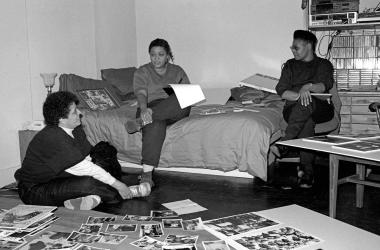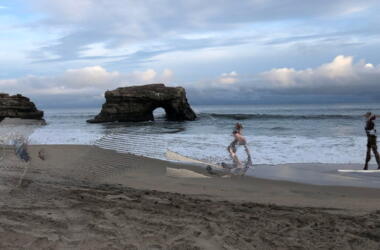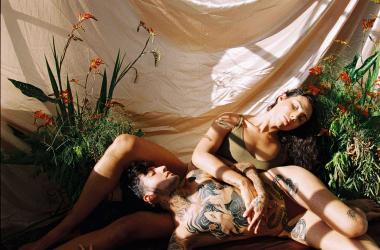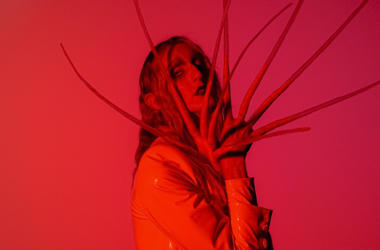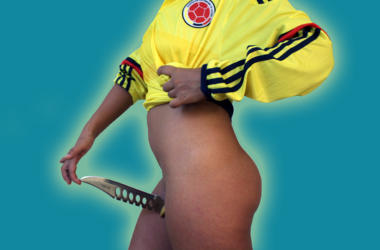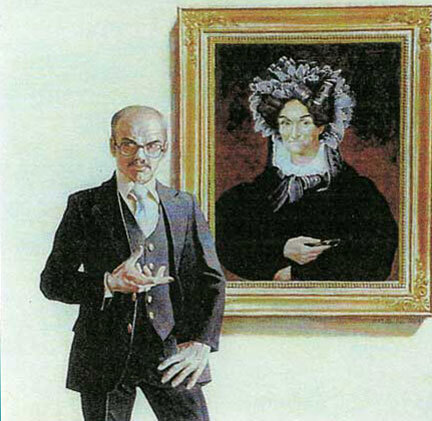
Image
JB HARTER Self-Portrait as Curator, 1983 Oil on panel 36" x 36" Courtesy of the JB Harter Charitable Trust
PAST
THE CULTURE OF QUEER: A Tribute to J.B. Harter
May 02, 2006 - Jul 01, 2006
Artist: J.B. Harter
Louisiana Artists: Ralph Bourque, Brad Dupuy, Jenny Kahn, Audra Kohout, Michael Meads, Keith Perelli, Roberto Rincon, Maxx Sizeler, Tom Strider
Leslie/Lohman Artists: Patrick Angus, John (Paighton) Barrington, Bruce of Los Angeles (Bruce Bellas), Douglas of Detroit (Douglas Juleff), George Dudley, George Dureau, Wes Hempel, Don Herron, John Lesnick, Blake Little, Robert Mapplethorpe, Goh Mishima, Jack Mitchell, Bob Mizer (AMG), Dianora Niccolini, Jack Pierson, Deni Ponty, Neil Malcolm Roberts, Howard Roffman, Rolande, The. Titolo, Tom of Finland (Touko Laaksonen), Arthur Tress, Andy Warhol
This exhibition opened in New Orleans on July 23, 2005 at the Contemporary Arts Center and then travelled to New York City and opened at the Leslie/Lohman Gallery at the Leslie/Lohman Gay Art Foundation on May 21, 2006.
Queer Culture
By Douglas Blair Turnbaugh
THE ARCHIVE: No. 19: Spring 2006
An Homage to Charles Leslie and Fritz Lohman on the occasion of the opening of the new Wooster Street gallery space of the Leslie/Lohman Gay Art Foundation, with the exhibition The Culture of Queer, in association with the Contemporary Arts Center in New Orleans
Indecency is our heroism. —Jean Cocteau
Quentin Crisp remarked that the LLGAF (in a basement on Prince Street) was the only “underground gallery” that was actually underground. This connotation of illicit worked for and against the gallery’s reputation, denying it a place in the “Art” world while establishing it as a demimondaine source of delectation for those in quest of long-forbidden gay erotica.
There is so much more to art than “Art,” and it is in this larger meaning that the purpose and the accomplishments of the Leslie/Lohman Gay Art Foundation must be appreciated. On the occasion of the opening of the splendid new space on Wooster Street, I offer my most sincere homage to Charles and Fritz for their unique and heroic achievement. They created a safe house in a murderously hostile environment where a socially despised gay sensibility with its sexual component could be illustrated without ambiguity. They broke an evil taboo, as a taboo has power only if it is unseen. Here male-to-male love and lust, beauty and virility, and even erections could be seen as never before. It took courage for many people even to look. Even today, many do not dare to look. The beleaguered taboo still threatens they would turn to stone.
Indifferent to Art-market considerations, and art-writer self-serving bullshit, Charles and Fritz formed a collection which does not disdain phallocentric work, which has tremendous social-political significance. We notice that History has no place for gay history: it is simply obliterated by “benign neglect.” Charles and Fritz had an agenda surpassing mere aesthetics, which was to make gay presence VISIBLE, to break the taboo enforced by invisibility. Artistic utterances are political by extension. A picture of two men kissing still has heavy political impact. Fearlessly and even provocatively out gay men, Charles and Fritz have been a politically active force for decades. Dynamic duo!
Now we come to a great turning point in the history of the Leslie/Lohman Gay Art Foundation: an above-ground gallery in an important piece of real estate in Manhattan—the phallus of America. (Is the map of Italy shaped like a boot? Check out the shape of Manhattan Island.) This is high visibility in a new climate of, dare-one-say, “sophistication.” Think of Berlin before the Nazis and remember the aftermath. But for the moment we do have Brokeback Mountain playing all over America, and although fag-bashers may check out SoHo, it is surely not their turf. Furthermore, The Culture of Queer: A Tribute to J.B. Harter, the show which opens the new space, may be the thin edge of the wedge in a breakthrough for the LLGAF into the mainstream “Art” world.
The Culture of Queer is LLGAF’s first collaboration with a museum, New Orleans’ Contemporary Arts Center, where it opened July 23rd, 2005. No, Rev. Pat Robertson, it did not provoke the hurricane as God’s wrath, and in fact the show survived without any damage. It was skillfully curated by David S. Rubin, who wrote the catalog. The exhibition has three parts: 1) works by John Burton Harter, 2) works by nine Louisiana artists, and 3) [27] works selected from the LLGAF’s permanent collection. There are no depictions of sexual intercourse or even of carnal excitement. No sane person could call the show “pornographic.” Not to fret. Excitement comes from seeing a block of work from queer culture, including another part of the nation. There are confident, unintimidated artists in full control of their techniques and intentions out there. As well as giving aesthetic gratification by “Art” standards, the show cannot fail to have political significance. (A picture of a lynching, by Michael Meads, is not directly about gay-bashing, but is about hatred of “others.”)
Furthermore, it may surprise some above-ground gallery goers that the LLGAF collection contains work by famous major artists (exs. Warhol, Dureau, Mapplethorpe) as well as major not-famous artists (exs. Patrick Angus, The. Titolo, Dianora Niccolini), as well as the usual suspects (exs. Tom of Finland, Douglas of Detroit, Bruce of LA). These, with the variety of talents from Louisiana (exs. Michael Meads, Keith Perelli, Roberto Rincon), give generous opportunity for the thrill of discovering something wonderful, the only good reason for going to see art anyway. There should be something for everybody in this show, with more than thirty artists showing eighty-five works. In his text, David S. Rubin writes, with tact masking political intent, “It has been a great pleasure to learn about all these artists, many of whom were unknown to me, and to help bring queer visions a little more into the mainstream.”
We celebrate the opening of the grand new gallery, and toast Charles and Fritz for their steadfast dedication to giving visibility to the sensibility of gay artists, to bringing their “queer visions a little more into the mainstream.” We thank them for their example, and their unfailing energy, courage and generosity.
Thanks to the J. B. Harter Charitable Trust, established through the will of artist J. B. Harter (1940-2002), and to Jack Sullivan, trustee of the Trust and a member of CAC’s board, who proposed the exhibition, and to Conny Hampton and George Jordan, trustees. Thanks also to Jay Weigel, executive director, CAC. The Harter Trust’s major support made possible this exhibition in New Orleans and New York City, and also published the catalog. It also supports publication of The Archive, and published The Drawings of J.B. Harter, edited by Charles W. Leslie, with design and production by our own Tom Saettel.
Coda: There is a tragedy to be remembered here. While we celebrate great advances in visibility, and for the moment we are allowed to look at many, but certainly not all, images (not of body-bags of our dead soldiers), complacency can be fatal. It is crucial to remember the government, executive, legislative and judicial, is owned by homicidal religious fanatics who hate fags. Elegiac Brokeback Mountain, with its emotional core rooted in two murders of gay men, is set in the distant 1970s. Ancient history? Remember Matthew Shepherd, hung out to die on a barbed wire fence in God’s country. Remember J. B. Harter, a prolific gay artist, living/painting in New Orleans, was murdered in 2002. The case has never been solved.
The Culture of Queer catalog of the exhibition and The Drawings of J. B. Harter can be purchased at the gallery.
Douglas Blair Turnbaugh, author, collector, filmmaker, is a Member of the LLGAF Advisory Committee.





